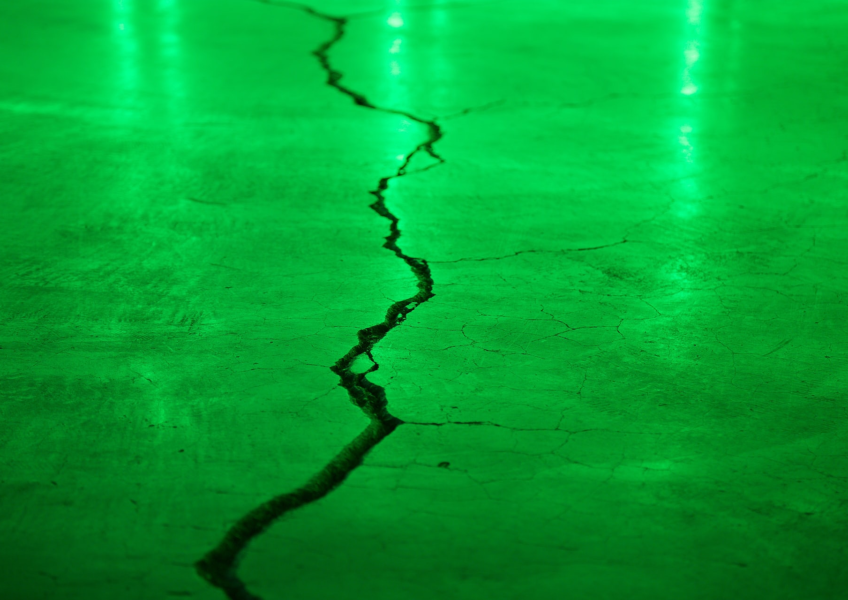4 Elements of Earthquake Resistant Buildings
According to the National Earthquake Information Center, they locate approximately 20,000 earthquakes around the globe each year. That’s actually 55 per day! Earthquakes still continue to cause problems, but we’ve come a long way – especially in the field of construction and architecture.
Today, earthquake-resistant buildings aren’t rare. There are several elements that make a building earthquake-resistant, which is exactly what we’ll be diving into today.
Are you an aspiring architect? Or, just somebody with an interest in buildings? Either way, we hope you find this blog post interesting!
Moment Resisting Frames
Arguably, one of the most unique elements of earthquake-resistant buildings is moment-resisting frames. Moment-resisting frames are an assembly of flexible beams that are rigidly connected to columns.
As such, this unique frame causes the beams and columns to bend during an earthquake. This is a good thing because it offers more flexibility and allows for larger movements compared to other options. When working with moment-resisting frames, it’s important to strategically place the beams to absorb the most shock.
Shear Walls
Shear walls are designed to resist racking from wind and earthquakes, and are made using masonry, concrete, cold-formed steel, or wood framing. These supported walls minimize the swaying motion that occurs during an earthquake by stiffening the entire building. As such, the building and its contents are less susceptible to damage during an earthquake.
Diaphragms
Diaphragms work by transferring lateral loads to the vertical resisting elements (e.g. shear walls) of the structure. Examples of diaphragms would be floors and roofs, which of course, are part of almost every building.
Diaphragms are unique in earthquake-resistant buildings because they are placed on their own deck, and strengthened horizontally. This allows them to better share force loads with the vertical elements of the building.
Cross Bracing
Cross bracing is any system that features diagonal supports that intersect. This element can be accomplished with a variety of braces, columns, and beams. With a diagonally intersecting system, it becomes easier to transfer seismic loads back to the ground. With cross bracing, a building will sustain less damage during an earthquake.

